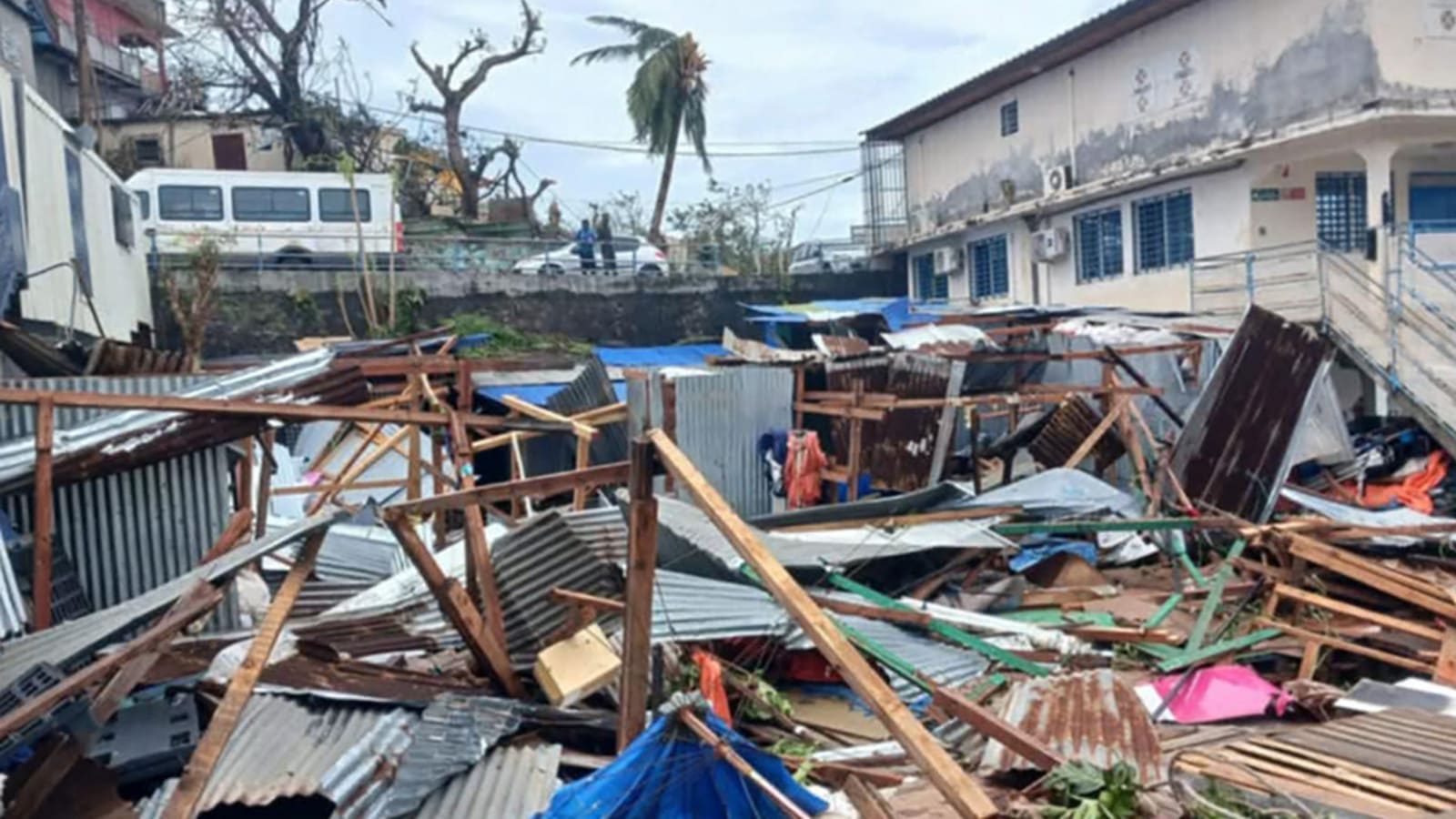
Cyclone Chida, a powerful category four storm, ripped through communities in the southern Indian Ocean off the coast of east Africa over the weekend, devastating the French territory of Mayotte in the Comoros Archipelago. Thousands are feared dead on the islands, with residents telling CNN, “It’s as if an atomic bomb fell on Mayotte.”
Mayotte is made up of two islands and is still part of France after the other islands of the Comoros gained independence in 1975. The islands are known to have offshore reef breaks, including a hollow powerful left-hander called Passe Bateau and a small surf community along with the odd intrepid South African or wandering Frenchie. South African Rian Greef wrote for Zig Zag in 2015 when he sailed to the islands in search of waves: “This was a wave unlike any I had ever seen in my life before. This was the stuff of movies, the magazines, only better because there were no pros or cameras around.”
The storm is considered to have been the most severe to hit the islands in a century, with many informal settlements thought to have been completely razed. Mayotte is home to 300,000 people and is the poorest place in the European Union.
The storm was recorded to have winds of more than 225 km/hr and average wave heights of more than five meters. The storm hit northern Madagascar first before it slammed the tiny islands of Mayotte and made landfall in northern Mozambique where more than 5,000 homes are reported to have been destroyed. The impacts of Cyclone Chido are expected to be long lasting, with Crisis24, a risk management company warning about the risks of waterborne disease following the storm.
Meteo France weather service told AAP that the cyclone was “exceptional” and was supercharged by rising sea surface temperatures. The region has always had severe weather events due to its warm ocean temperatures but in recent years the storms have become more severe and more frequent, with scientists finding that the Pacific Ocean is increasing in temperature at a faster rate than the Pacific and the Atlantic.
In 2021, temperatures in the Indian were measured as high as 87 degrees (F), which increased severe storm activity. Communities in low lying islands are most vulnerable to increased frequency and severity of storms caused by human induced climate change despite often contributing the least emissions.
The neighboring island of Reunion is acting as a hub for rescue and recovery operations with the French president Emmanuel Macron declaring a national day of mourning.
The volcanic islands are rich with unique biodiversity. The larger of the two islands, Grande Terre, sits within a ring of barrier reef that creates a large lagoon around the island. This coral reef is supported by mangroves on the shoreline that in some areas are a nursery for species that live along the coral barrier, sequestering carbon and purifying the water. The impacts on this important ecosystem are not yet known.
More must-reads:
- Eagles place key defender on IR
- Giants' Brian Daboll shares expectations for Jaxson Dart's first start
- The '150-rushing-yard NFL games' quiz
Breaking News
Trending News
Customize Your Newsletter
 +
+
Get the latest news and rumors, customized to your favorite sports and teams. Emailed daily. Always free!








